E-commerce Growth
The rapid growth of e-commerce is a notable driver for the Plastic Tube Packaging Market. As online shopping continues to gain traction, the demand for packaging that ensures product safety during transit has surged. E-commerce businesses require packaging solutions that are not only durable but also lightweight to minimize shipping costs. Market analysis suggests that the rise in online retail has led to an increased focus on packaging efficiency, prompting manufacturers to develop tubes that can withstand the rigors of shipping while maintaining product integrity. This trend is expected to persist, as more consumers opt for online shopping, thereby driving further innovation in the Plastic Tube Packaging Market. Companies that adapt to these changing dynamics are likely to enhance their competitive edge in the marketplace.
Sustainability Initiatives
The increasing emphasis on sustainability appears to be a pivotal driver for the Plastic Tube Packaging Market. As consumers become more environmentally conscious, companies are compelled to adopt eco-friendly packaging solutions. This shift is evidenced by the growing demand for recyclable and biodegradable materials in packaging. In fact, a significant portion of consumers now prefers products that utilize sustainable packaging, which has led to a surge in the development of innovative materials. The Plastic Tube Packaging Market is likely to witness a transformation as manufacturers invest in sustainable practices, potentially enhancing their market share and brand loyalty. Furthermore, regulatory pressures aimed at reducing plastic waste may further accelerate this trend, compelling businesses to rethink their packaging strategies.
Technological Advancements
Technological advancements are reshaping the Plastic Tube Packaging Market in profound ways. Innovations in manufacturing processes, such as extrusion and blow molding, have led to enhanced efficiency and reduced production costs. Moreover, the integration of smart packaging technologies, including QR codes and NFC tags, is becoming increasingly prevalent. These technologies not only improve product traceability but also enhance consumer engagement. According to recent data, the adoption of advanced manufacturing techniques has resulted in a notable increase in production capacity, allowing companies to meet rising consumer demands more effectively. As these technologies continue to evolve, they are expected to drive further growth in the Plastic Tube Packaging Market, enabling businesses to offer more versatile and appealing packaging solutions.
Health and Safety Regulations
Health and safety regulations are becoming increasingly stringent, thereby influencing the Plastic Tube Packaging Market. Regulatory bodies are imposing guidelines to ensure that packaging materials are safe for consumer use, particularly in sectors such as food and pharmaceuticals. Compliance with these regulations is essential for manufacturers, as non-compliance can lead to significant financial penalties and reputational damage. As a result, companies are investing in high-quality materials and processes that meet safety standards. This trend not only enhances consumer trust but also drives innovation in packaging solutions. The Plastic Tube Packaging Market is likely to benefit from these developments, as manufacturers seek to align their products with evolving regulatory requirements, ultimately fostering a safer consumer environment.
Aesthetic and Functional Design
The demand for aesthetic and functional design is a significant driver in the Plastic Tube Packaging Market. Consumers are increasingly drawn to packaging that not only serves its purpose but also enhances the overall product experience. This trend is particularly evident in sectors such as cosmetics and personal care, where visually appealing packaging can influence purchasing decisions. Market data indicates that products with innovative designs often command higher price points, reflecting the value consumers place on aesthetics. As brands strive to differentiate themselves in a competitive landscape, the emphasis on unique and functional designs is likely to intensify. Consequently, the Plastic Tube Packaging Market may see a surge in creative packaging solutions that cater to both form and function.


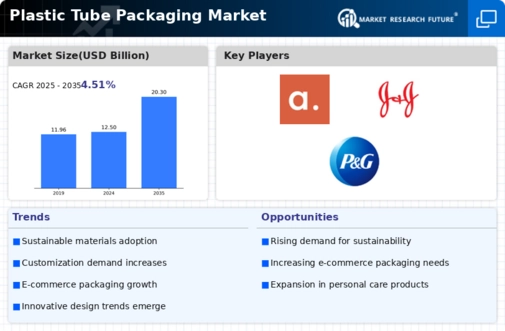
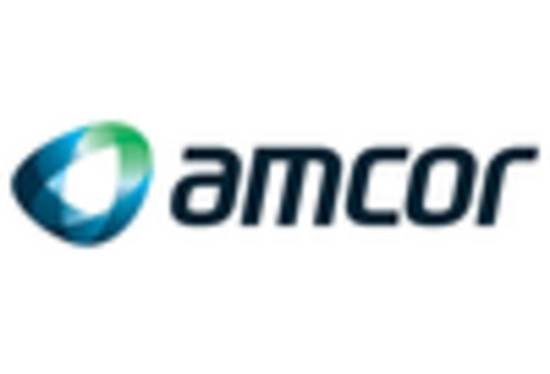
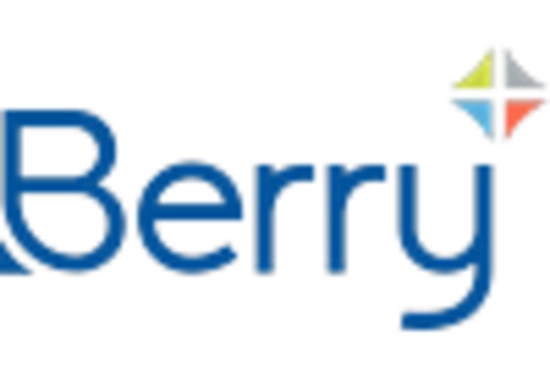

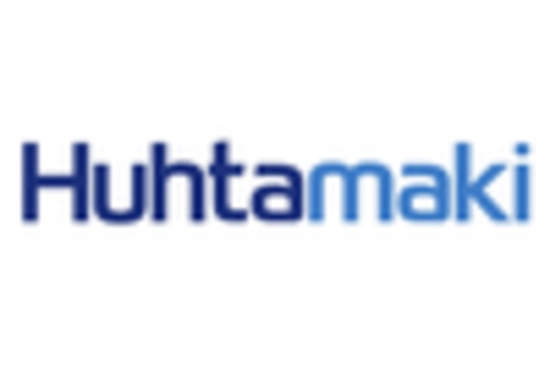

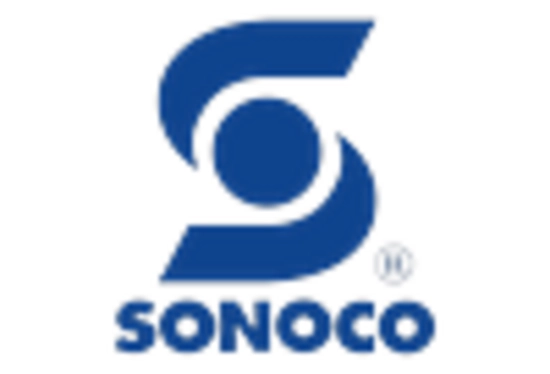








Leave a Comment